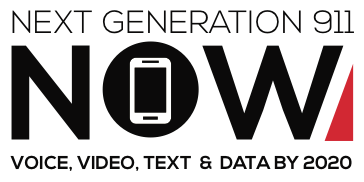By David Silverberg, GovTechWorks
Imagine Robert, a deaf man, sitting on his front porch at the intersection of two roads. Suddenly, two cars collide. Robert calls 911. He can speak once he thinks he’s been connected to the call center but, he’s unable to respond to an operator’s prompts.
That’s 911 today.
Now imagine the same scene, but this time Robert is living in an area equipped with Next Generation 911 (NG911) technology. Dialing the call center on his smart phone, Robert provides video of himself using sign language. The operator immediately sets up a three-way conference call with a sign language interpreter, who asks Robert to share video of the accident scene and the cars’ license plates. Data from the phone provides precise coordinates for the location, and the license plates are quickly matched with database for information about the cars. Onboard communications systems in the cars, meanwhile, have already sent alerts that air bags deployed, indicating people in the cars might be injured.
By the time emergency medical technicians arrive, they already know who needs to be treated and have a good idea of the extent of their injuries. That information can be relayed to the hospital, so medics can prepare to receive and treat the victims.
That’s the scenario spun by Roger Hixson, technical issues director at the National Emergency Number Association (NENA).
“Emergency communications internetworking and interoperability – it’s the future,” he says.
